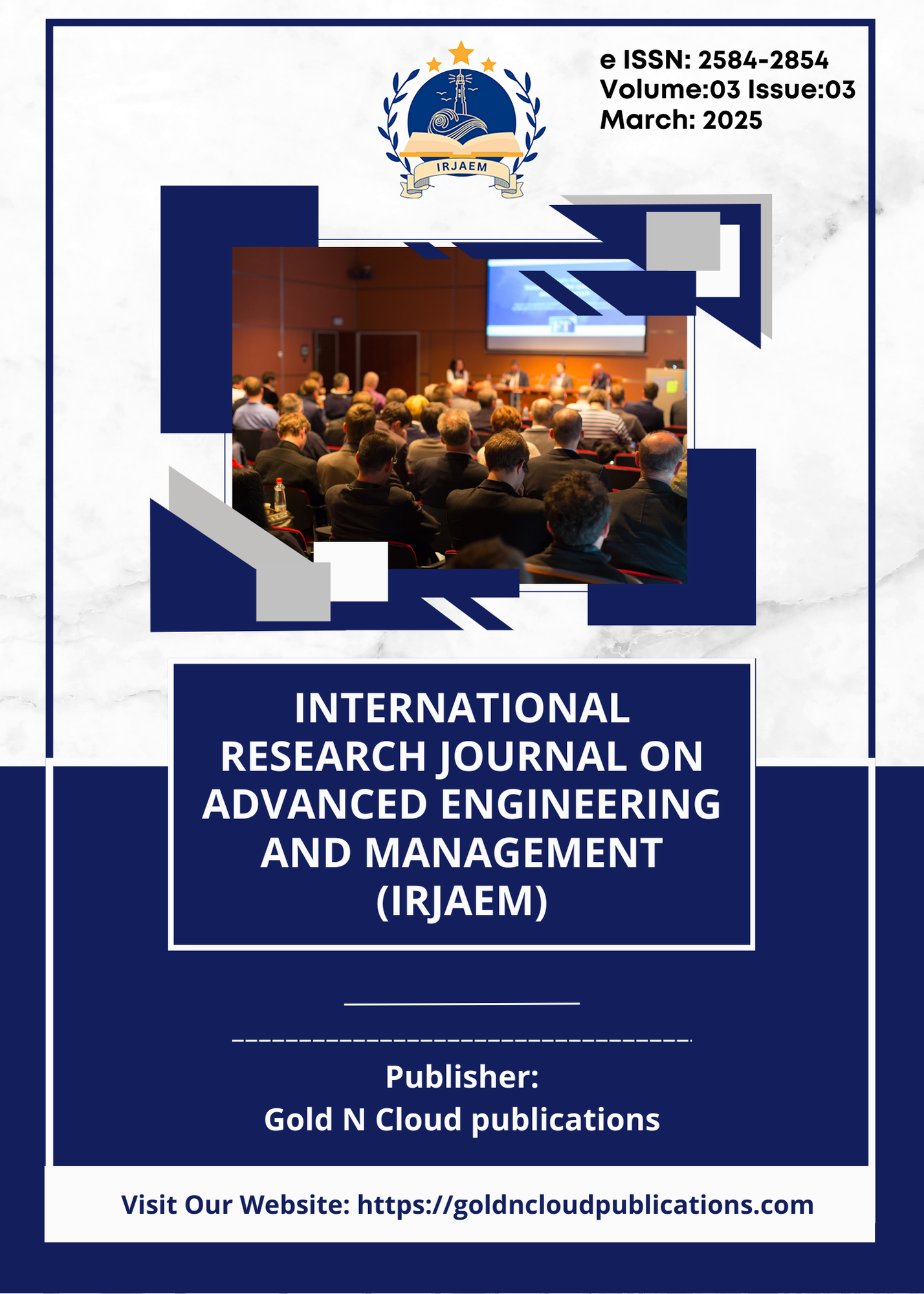Performance Evaluation of SVM and Random Forest Algorithm for Estimation of Land Use and Land Cover: A Case Study of Pulicat Lake, India
DOI:
https://doi.org/10.47392/IRJAEM.2025.0125Keywords:
Landsat – 8 OLI Images, Overall Accuracy, Pulicat Lake, Random Forest Algorithm, Support Vector Machine (SVM).Abstract
Pulicat Lake is the second largest lake of India. It measures around 759 square kilometres. The lake has rich diversity in flora and fauna. It supports various ecosystems with fisheries and birds. The lakes are more prone to spatial and temporal variations. The observations of spatial and temporal changes of natural resources in lakes is vital in monitoring the ecosystem and diversity. Landsat 8 data provides abundant information for the analysis of surface water, vegetation and soil. Several algorithms evolved for the study of lakes using remote sensing data. The present study aims in the estimation of water bodies, vegetation and soil in and around the lake and to provide information for the conservation of the Pulicat lake. The Pulicat lake is considered as region of interest and the study is carried out using Support Vector Machine (SVM) classifier and Random Forest Algorithm. The performance of the Support Vector Machine (SVM) classifier and Random Forest Algorithm is evaluated using the metrics user accuracy, producer accuracy, overall accuracy and kappa coefficient. The Random Forest Algorithm gives better accuracy in classification of Pulicat lake when compared with the Support Vector Machine (SVM) classifier.
Downloads
Published
Issue
Section
License
Copyright (c) 2025 International Research Journal on Advanced Engineering and Management (IRJAEM)

This work is licensed under a Creative Commons Attribution-NonCommercial 4.0 International License.


 .
. 